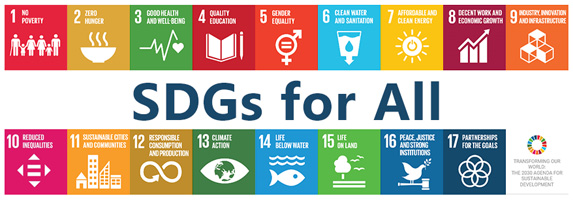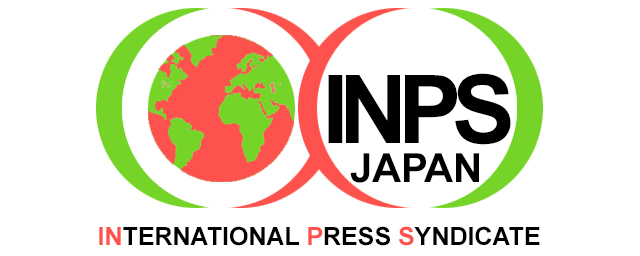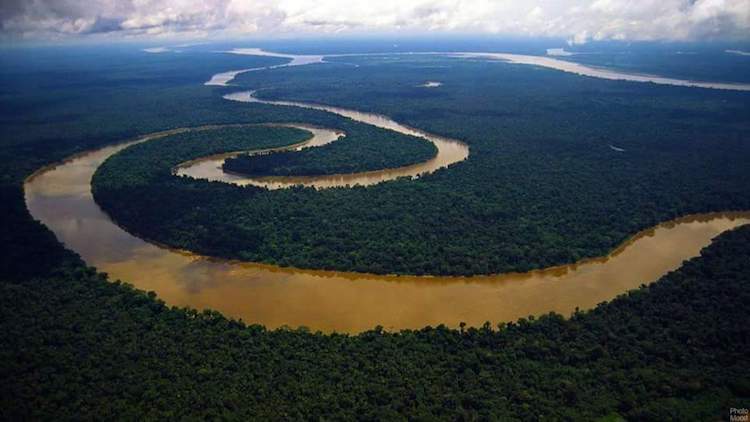By Fabíola Ortiz
CARTAGENA, Colombia (IDN) – The peace deal with the Revolutionary Armed Forces of Colombia (FARC) – signed in November 2016 and ratified early December by the Colombian Congress – ending five decades of conflict now poses enormous threats for the environment, according to scientists and experts at the International Congress for Conservation Biology (ICCB 2017) held in Cartagena July 23-27.
The global forum gathered almost 2,000 scientists to address ecological challenges and present new research in conservation science and sustainable practices.
Colombia, a country with 40 million people, is one of the 17 world’s megadiverse nations concentrating 10 percent of biodiversity with 59 national parks and other protected sites covering an area of 23 million hectares. JAPANESE |
“There is a need to improve the decisions related to conservation in Colombia taking into account the post-conflict scenario,” biologist Pablo Negret, who is specialised in tropical forests and a PhD researcher of Queensland University, told IDN
“We had one of the longest conflicts in history and a lot of territories had been isolated under the control of the guerrillas,” he explained. “Areas where armed groups acted did not receive any development project over this period. With the post-conflict era and the peace accords, there are other groups taking over the areas liberated by the FARC which is now being demobilised.”
That is precisely where the danger lies, warn experts. Around one-third of the country had once been under the control of the rebels and now, having been liberated, opens the way for newcomers and economic interests avid for the rich natural resources that vast unexplored lands contain.
“Many areas are now free for development projects, mining, oil drilling and extensive agriculture. We see how the deforestation is rising especially in the Amazonian Piedmont,” warned the biologist.
The Amazonian Piedmont is a series of foothills at the junction of the Andes and the Amazon basin located in the southwest of Colombia in the states of Putumayo and Caquetá. It has high levels of diversity considered a site of interest for biological conservation and research. The Amazon River is originated in those foothills and its streams flow to the lowlands through dense forests home for more than 900 bird species and other hundreds of mammals, reptiles and amphibians.
“There is also a huge expectation regarding the restitution of land. The government plans to give economic payments for those families willing to replace the illicit crops such as coca, so many settlers and farmers are heading to those areas, clearing the forest and start cultivating coca to receive the payment,” stressed.
This move has made the deforestation rates in the Amazon grow higher. The last monitoring accounted for 34% of the forest devastation, according to the Institute of Hydrology, Meteorology and Environmental Studies in Colombia.
Asked about the risk that threatens the environment in the post-conflict Colombia, Negret said the major threat is that no rigorous planning is being done regarding land distribution and the interests on the verge of reaching those areas. As consequence, poor planning will be unable to prevent biodiversity rich areas from remaining untouched.
“Many zones with high biodiversity might be destroyed,” warned Negret. “There should be plans prioritising the post-conflict areas which take into account their ecological characteristics so that when the development projects and roads arrive, they will not collapse. We should be thinking about alternatives such as establishing ecosystem services that can bring positive benefits with even higher economic pay-offs than mining activities.”
According to the biologist, Colombia’s development should be focused on conservation expanding protected areas and avoiding rainforest deforestation in already existing national parks. “We need to be more rigid in managing the protected areas and especially the parks in zones where there is still the presence of armed groups other than FARC,” he argued.
“This is a tipping point, people do not wish to live in war any longer. The peace process with FARC might be a good example for other groups to be disarmed. Change is about to come.”
A historic move took place on June 27 when former FARC combatants handed over their weapons — more than 7,000 firearms – in a process monitored by the United Nations and 450 international observers.
“We are waiting for the international community to support the peace process and our environmental goals,” said Colombia’s Minister of Environment and Sustainable Development Luis Murillo. “We need to put environmental goals into a context of implementation of the peace process. We have policies and institutional reforms to cope with the challenges of the new era in Colombia,” he added.
Speaking at a press conference at the ICCB in Cartagena, Murillo said peace will permit the mobilisation of resources in order to develop the country. “We know very little about our biodiversity. The peace process allows us to get to areas rich in biodiversity,” told Murillo international journalists, saying that the country is now creating bases for guiding its development on the basis of the “bioeconomy” concept, “conserving the ecosystem, but at the same time knowing what we have and how we can use it to provide an economic base for communities and the country.”
Meanwhile, however, the peace deal is not unanimous. There are dissonant voices complaining that the negotiations left indigenous people out. Of the 30 national decrees resulting from the peace process, only one included indigenous tribes, the one concerning payment of environmental services.
“This is not very much. The negotiations were done between the government and the guerrillas and excluded the greater part of society. The indigenous peoples were indirectly involved and victims of the conflict,” Mateo Estrada, coordinator of the National Organisation of the Indigenous Peoples of the Colombian Amazon (OPIAC) founded in 1995, told IDN.
Of Colombia’s 105 indigenous peoples, 56 live in the Amazon, totalling a population of 120,000 living in 29 million hectares out of 33 million hectares of indigenous lands in the entire country. This means almost 90 percent of the country’s indigenous lands are in the Amazon.
“The areas that we protect were impacted by the guerrillas,” said Estrada. “We were not allowed to move around, hunt or fish. There were a lot of restrictions imposed and some indigenous people were even forcedly recruited. We want to have some space of dialogue about our environmental problems.”
The indigenous people in Colombia are now identifying threats and alternatives in order to present a concrete proposal to the government for establishing a specific environmental policy for the Amazon region.
“We suffer from the lack of policies and special regulatory frameworks for the Amazon,” Estrada stressed. “Today is the moment to design these new policies in the framework of the peace process. But the government has not really been willing to do so. We want a proper policy for the Amazon.” [IDN-InDepthNews – 31 July 2017]
Photo: Colombian Amazon. Credit: Indigenous organization OPIAC




